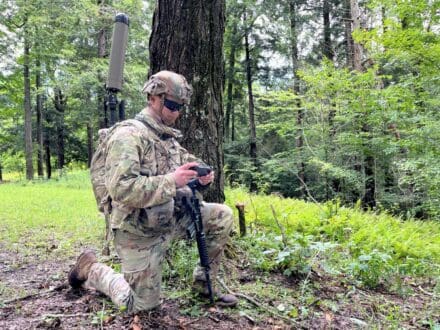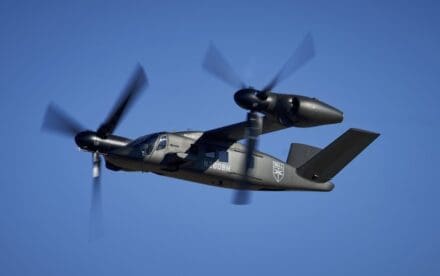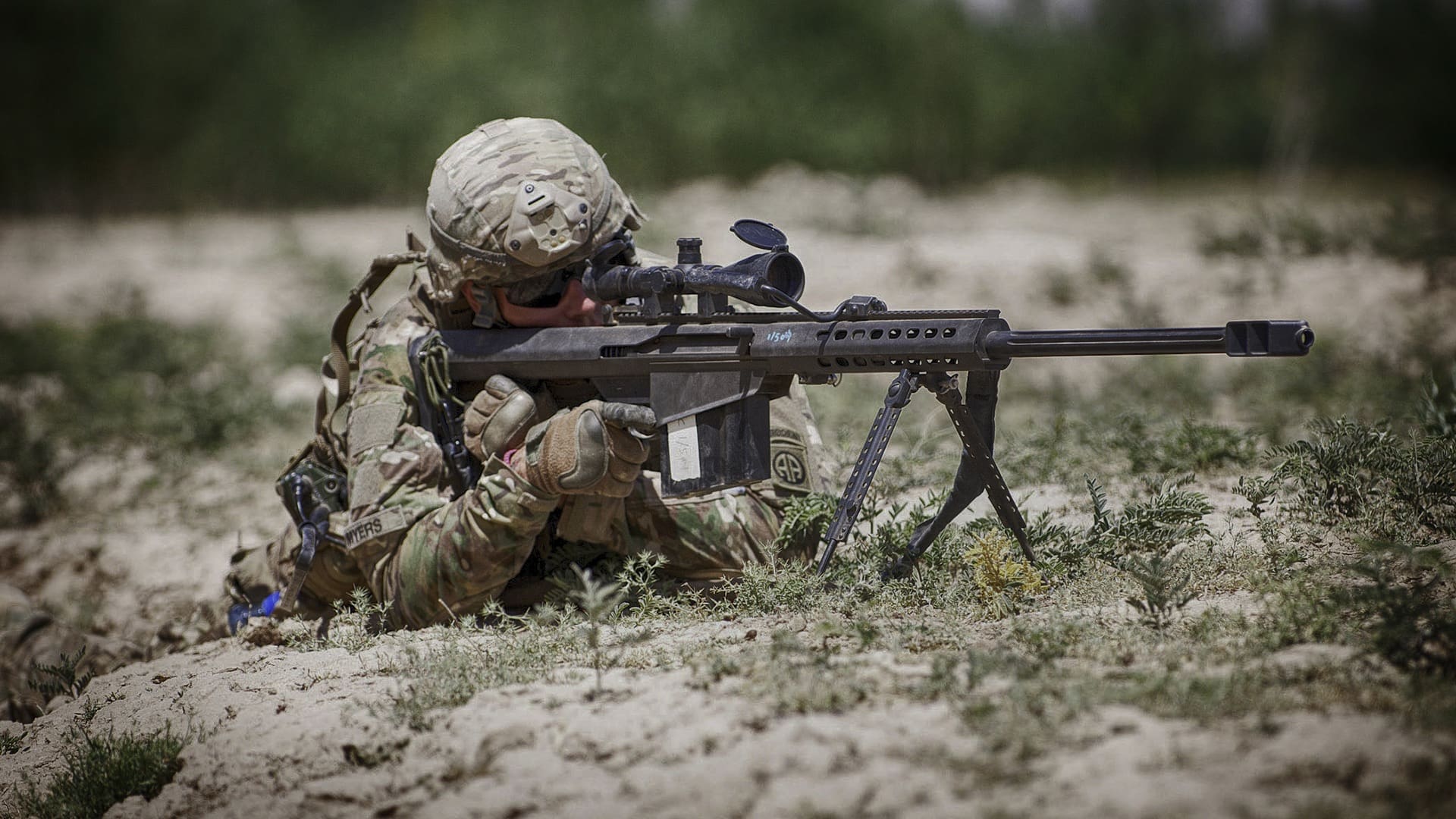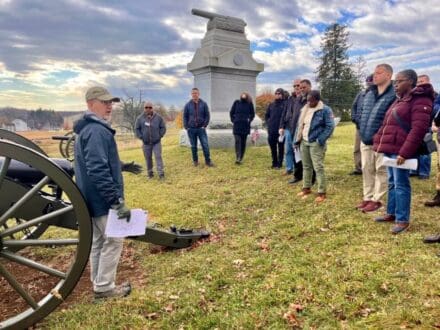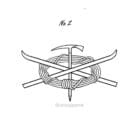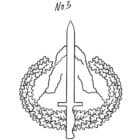
SCHOFIELD BARRACKS, Hawaii — The U.S. Army Marksmanship Unit’s Instructor Training Group recently trained Hawaii-based Soldiers on the fielding of the Next Generation Squad Weapon system, Nov. 7-22, 2024, at Schofield Barracks. The training introduced Soldiers to the advanced capabilities of the NGSW, a weapon system designed to give U.S. troops a decisive edge on the battlefield.
Staff Sgt. Joseph Enloe, a Weapons Squad Leader with the 25th Infantry Division, expressed his enthusiasm for the training, describing it as “phenomenal” and a key factor in shaping future combat tactics.
The NGSW system, which includes the XM7 rifle, XM250 automatic rifle and the XM157 fire control system, is designed to enhance a Soldier’s lethality and survivability by providing precise targeting, improved range and advanced optics. However, as with any new technology, its effectiveness relies heavily on proper training and the integration of that technology with foundational marksmanship skills.
The integration of the XM157 Fire Control Unit is one of the most notable features of the NGSW. The system provides real-time range data and a corrected aim point for the shooter, significantly improving accuracy and engagement speed, said Staff Sgt. Jacoby Fannon, an instructor/shooter assigned to the USAMU. The technology is not a substitute for basic marksmanship training, it is designed to augment and enhance a Soldier’s existing skills.

“Soldiers are given increased capabilities to achieve overmatch when leveraging NGSW technology with continued outcome-focused training,” said Fannon. “The purpose of NGSW technology is to augment, not replace, a Soldier’s training. This approach ensures that even when the technology is unavailable or inaccurate, Soldiers can still rely on their basic skills, such as range estimation and manual targeting, to engage the enemy.”
“Training is very important, and we always have to train as we fight,” said Sgt. 1st Class Austinnick Rosario, a Platoon Sergeant assigned to Apache Troop, 3rd Battalion, 4th Cavalry Regiment, 3rd Brigade Combat Team, 25th Infantry Division, “If we do it right, our jobs will be easier.”
The training structure included preliminary marksmanship instruction and evaluation to more advanced marksmanship tables that progressively build a Soldier’s skills. This layered training is designed to reinforce the basics while allowing Soldiers to fully integrate the advanced features of the NGSW system.

Marksmanship training remains consistent, regardless of the weapon system. The Army’s marksmanship tables are structured to provide all Soldiers, regardless of experience level, with the tools needed to develop proficiency. The training starts with the fundamentals and builds to more complex exercises that simulate real combat scenarios.
Throughout the training, Soldiers were guided by expert instructors from the USAMU. These instructors are not only experts in weapons systems but also in the science of teaching marksmanship.
“USAMU instructors were invaluable during the training, providing a lot of knowledge to share, and offering tips and feedback to help Soldiers maximize their effectiveness with the new system,” said Staff Sgt. Joseph Enloe, a weapons squad leader assigned to B. Co, 2nd Battalion, 27th Infantry Regiment, 3rd Brigade Combat Team, 25th Infantry Division.

The USAMU’s role goes beyond simply teaching Soldiers to shoot well. They also emphasize the mental and strategic aspects of marksmanship.
“Qualification should be a confidence booster for both the operator and their leadership, underscoring the importance of mental readiness in addition to physical skill,” said Fannon.
Fannon’s insights into marksmanship training highlight how critical it is for Soldiers to develop the ability to think strategically.
“Practice will challenge the operator to trust their skill set by forcing the quick acquisition of stable firing positions,” he said. “Engaging targets at limited exposure times furthers the development of the mental chess match, a necessary skill when facing a well-equipped enemy.”
The fielding of the NGSW is a critical step toward ensuring that the U.S. Army remains at the cutting edge of combat technology. However, as these recent training exercises demonstrate, success in battle is not solely about the weapons you carry. The real key lies in the integration of new technologies with ongoing training, mental preparation and an emphasis on marksmanship fundamentals.
“The weapon system’s capabilities alone are impressive, but it’s the Soldiers’ ability to effectively use those capabilities that will determine success on the battlefield,” said Rosario.
By embracing a holistic approach to training that combines advanced technology with foundational skills, the U.S. Army is preparing its Soldiers for the future warfare.
By MSG Kulani Lakanaria


